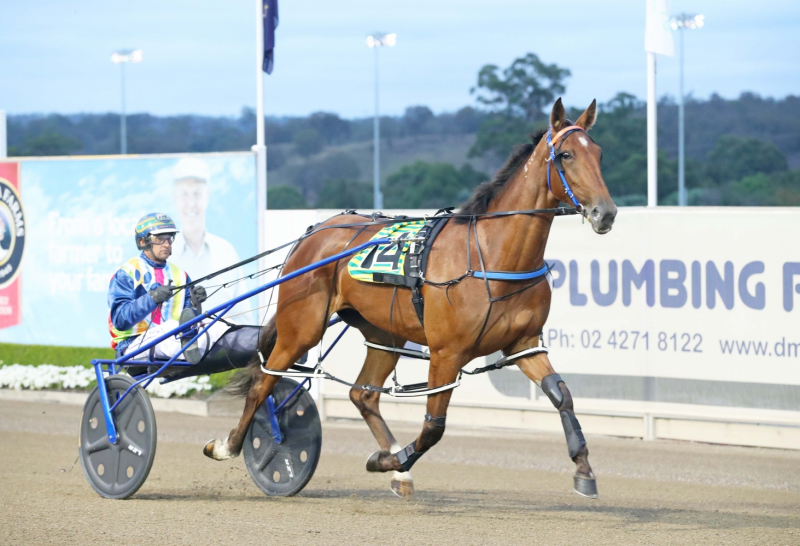The Australian Harness Racing industry continues to be at the forefront of equine health and welfare, including the way in which drivers can apply the whip.
As society’s expectations of welfare continue to evolve at a rapid rate, particularly with regards to racing animals, what was once considered acceptable practice has been transformed by both science and culture.
Our industry, conscious of these expectations, continues to rise to the challenge of finding a balance between community and industry expectations for ourselves - rather than having it thrust upon us from the outside.
Questions of sustainability, ethics, integrity and transparency need honest and ongoing assessment, while the provision of information is critical to educate and provide confidence for all sectors.
In fact, rules of racing regarding the whip have been progressively moderated with 6 amendments since 1 January 2010.
While many drivers found each change difficult initially, over time, the industry has adapted, without impacting on horse or driver performance - indeed race times have continued to become faster in the period since the whip changes were introduced.
Whilst we can all agree that significant progress has been made, the number of penalties still being incurred, and the instances of unacceptable whip action still being observed are an indication that the rules in their current state require adjustment.
This new rule has been discussed and debated at length, particularly among integrity teams, in an effort to formulate this latest iteration to be easy to understand, simple to comply and straightforward to police.
The wrist only flicking action is designed to limit the force with which a whip can be applied whilst still allowing its principal use as a means of communication between the driver and horse. The limitation of force, both perceived and actual, is the crux of the whip rule amendments.
All within the industry are urged to watch the training video (click here to view) and make themselves familiar with the required action. Practice and film your own whip action and compare it to ensure you are within the set limits.
The social licence for harness racing to operate is hard fought among the changing expectations of the wider community - and needs to be protected.
Taking a proactive approach to self-moderation as an industry is critical to our future.
Every Drive. Every Race. Every Horse.
Rule 156, applicable from 1 September 2020 in all States
156. (1) (a) A driver shall only use and be in possession of a whip approved by the Controlling Body.
(b) A whip, once approved:-
(i) shall not be modified in any manner;
(ii) shall be maintained in a satisfactory condition;
(c) A whip that does not comply with sub-paragraph (b) may be confiscated by the Stewards.
(2) (a) A driver shall only apply the whip in a wrist only flicking motion whilst holding a rein in each hand with the tip of the whip pointed forward in an action which does not engage the shoulder.
(b) For the purposes of sub-paragraph (a), “wrist only flicking motion” means:-
(i) Ensuring no force is generated by the use of the elbow or shoulder when applying the whip.
(ii) The forearm is not raised beyond forty-five degrees relative to the racing surface.
(iii) Not applying the whip with overt force.
(3) A driver shall not use a whip in an unapproved manner.
(4) For the purposes of sub-rule (3) a driver shall be deemed to have used the whip in an unapproved manner in the following circumstances which are not exclusive:-
(a) If the whip is applied excessively, continuously and/or without allowing the horse time to respond.
(b) If the whip is applied when the horse:
(i) is not visibly responding;
(ii) is not in contention;
(ii) cannot maintain or improve its position;
(iv) is clearly winning;
(v) has passed the winning post at the finish of a race.
(c) If the reins are lengthened so as to result in loose reining regardless of whether the whip is being used at the same time.
(d) If the whip is used in a prodding or jabbing fashion.
(5) A driver shall not use the whip in a manner which causes injury to a horse.
(6) A whip shall not be used so as to obstruct, strike or endanger another driver or horse.
(7) A driver shall not allow a whip to project outside the sulky.
(8) A person who fails to comply with any provision of this Rule is guilty of an offence
For more information contact HRA CEO Andrew Kelly on 03 9227 3000 or This email address is being protected from spambots. You need JavaScript enabled to view it.


